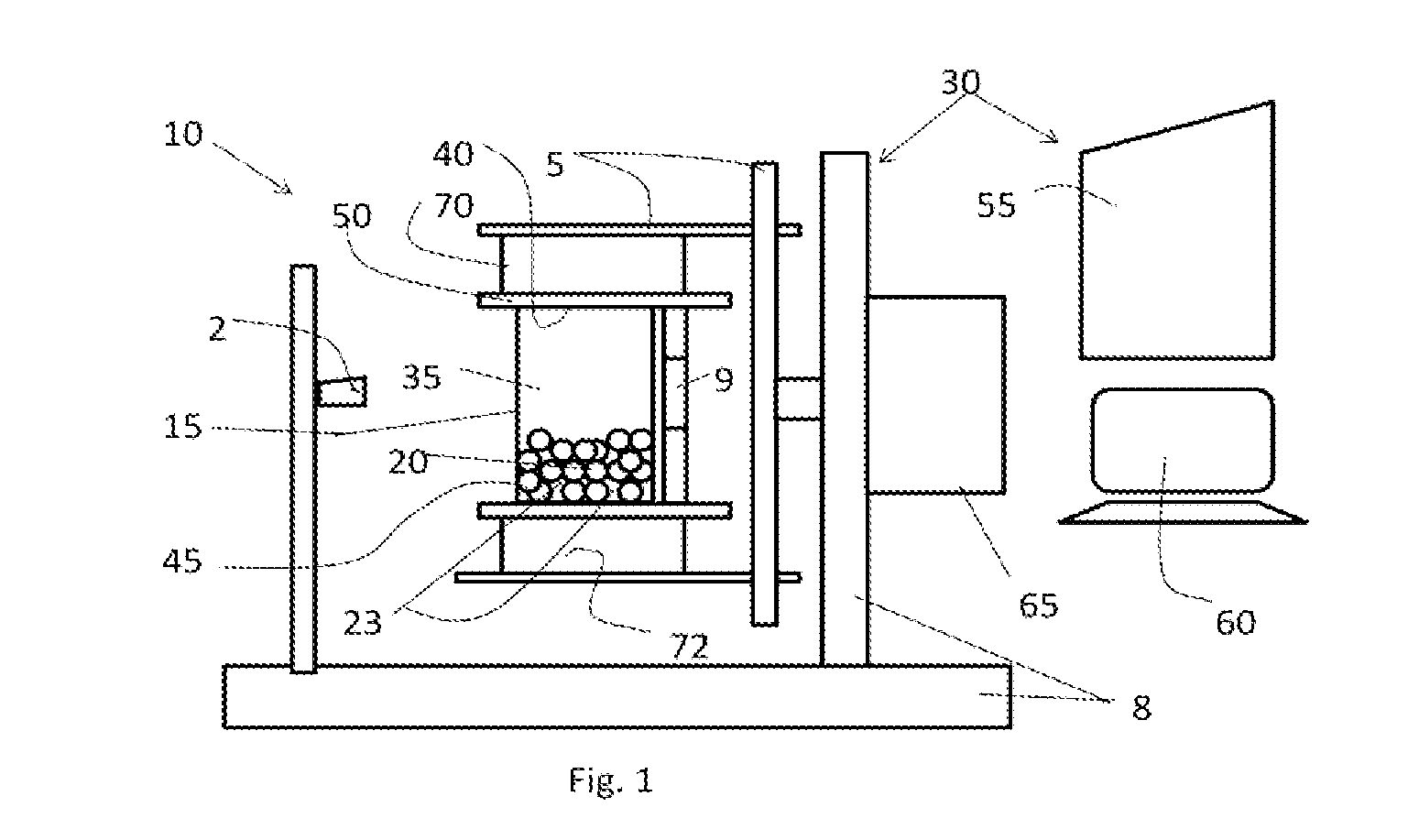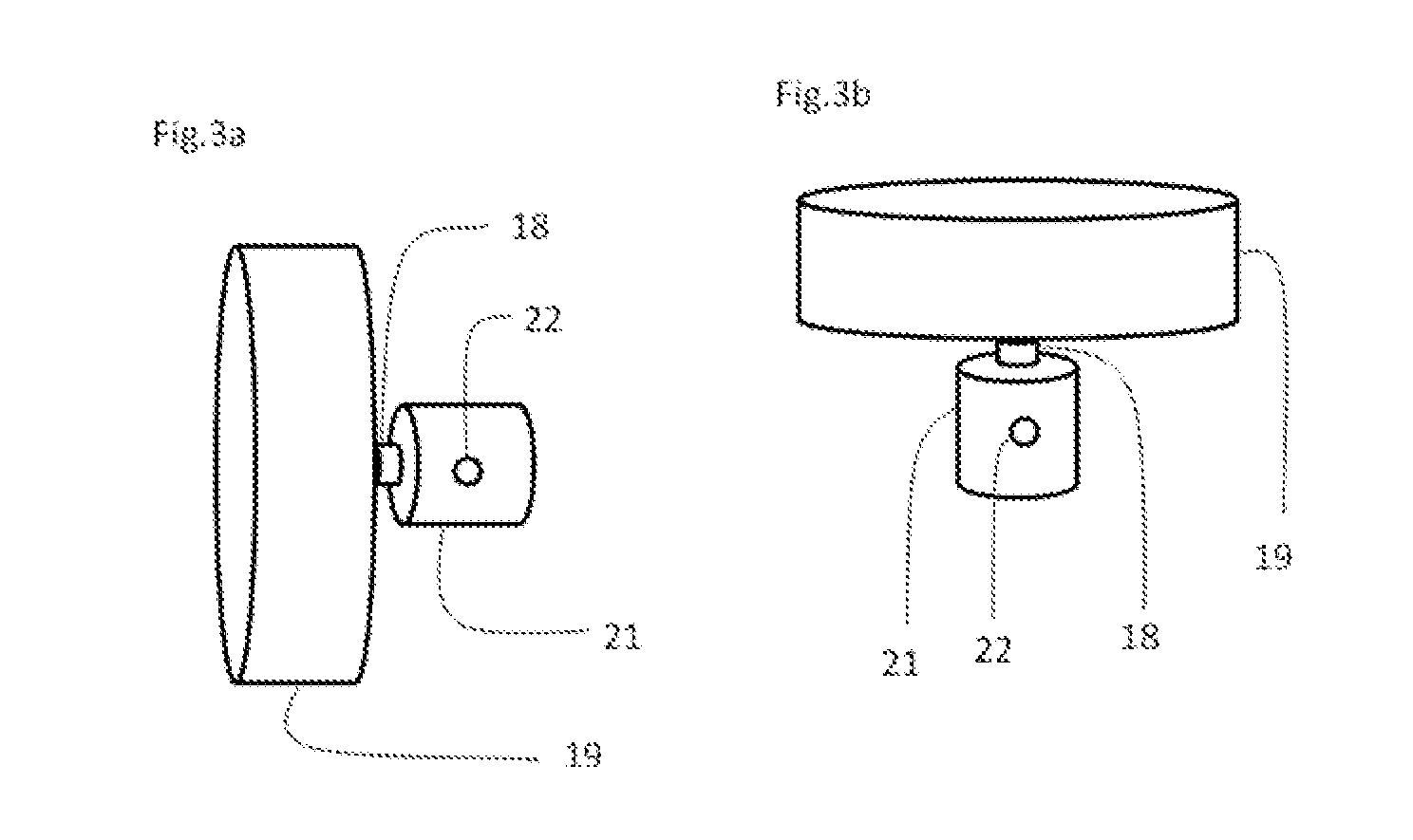Bioreactor System and Methods for Alternative Cell Culture between Static and Dynamic
a bioreactor and dynamic technology, applied in bioreactors/fermenters, specific use bioreactors, microorganism after-treatment, etc., can solve the problems of increasing the difficulty of protein purification, reducing the efficiency of stern cell expansion and directed differentiation, and not being able to get enough nutrition, so as to achieve the ideal metabolic environment and minimize the sheer stress
- Summary
- Abstract
- Description
- Claims
- Application Information
AI Technical Summary
Benefits of technology
Problems solved by technology
Method used
Image
Examples
Embodiment Construction
[0028]Referring now to FIG. 1, a bioreactor system 10 for growing cells is shown. The system 10 includes a cell culture chamber 15, an agitator 20 and a control system 30.
[0029]The cell culture chamber 15 includes an interior 35 for receiving and growing target cells in a cell culture media disposed therein, a first end 40 and a second end 45. As used herein, “target cells” refers to cells disposed within the chamber 15 and which are grown within the chamber 15. While the present disclosure is given the context of growing target cells, it, will be appreciated that the system may be employed to mix chemicals or any other suitable solution or material. Also, while the first end 40 and second end 45 are shown as being at the top and bottom of the chamber 15 respectively, it will be appreciated that the ends 40 and 45 may be in any suitable orientation relative to one another (e.g., in a horizontal plane) and remain within the scope of the present disclosure. As will be discussed below,...
PUM
| Property | Measurement | Unit |
|---|---|---|
| diameter | aaaaa | aaaaa |
| diameter | aaaaa | aaaaa |
| speed | aaaaa | aaaaa |
Abstract
Description
Claims
Application Information
 Login to View More
Login to View More - R&D
- Intellectual Property
- Life Sciences
- Materials
- Tech Scout
- Unparalleled Data Quality
- Higher Quality Content
- 60% Fewer Hallucinations
Browse by: Latest US Patents, China's latest patents, Technical Efficacy Thesaurus, Application Domain, Technology Topic, Popular Technical Reports.
© 2025 PatSnap. All rights reserved.Legal|Privacy policy|Modern Slavery Act Transparency Statement|Sitemap|About US| Contact US: help@patsnap.com



